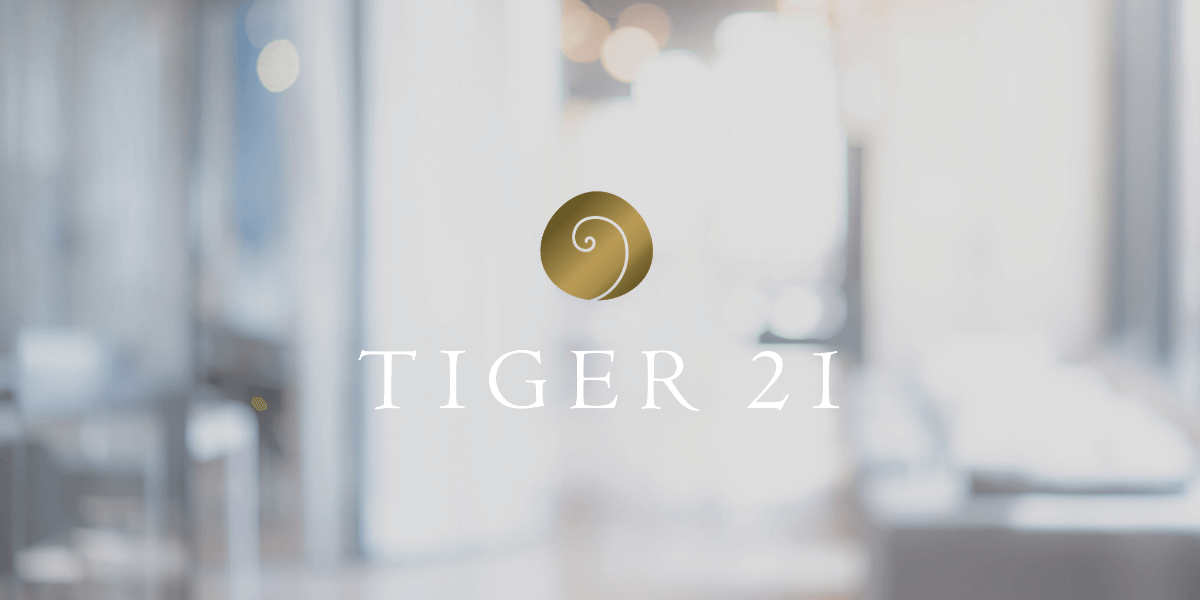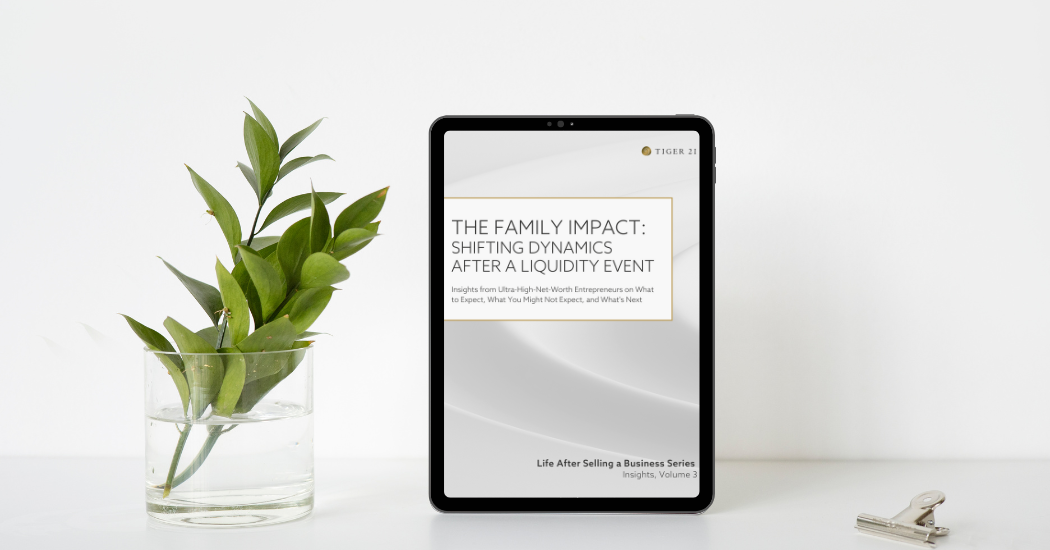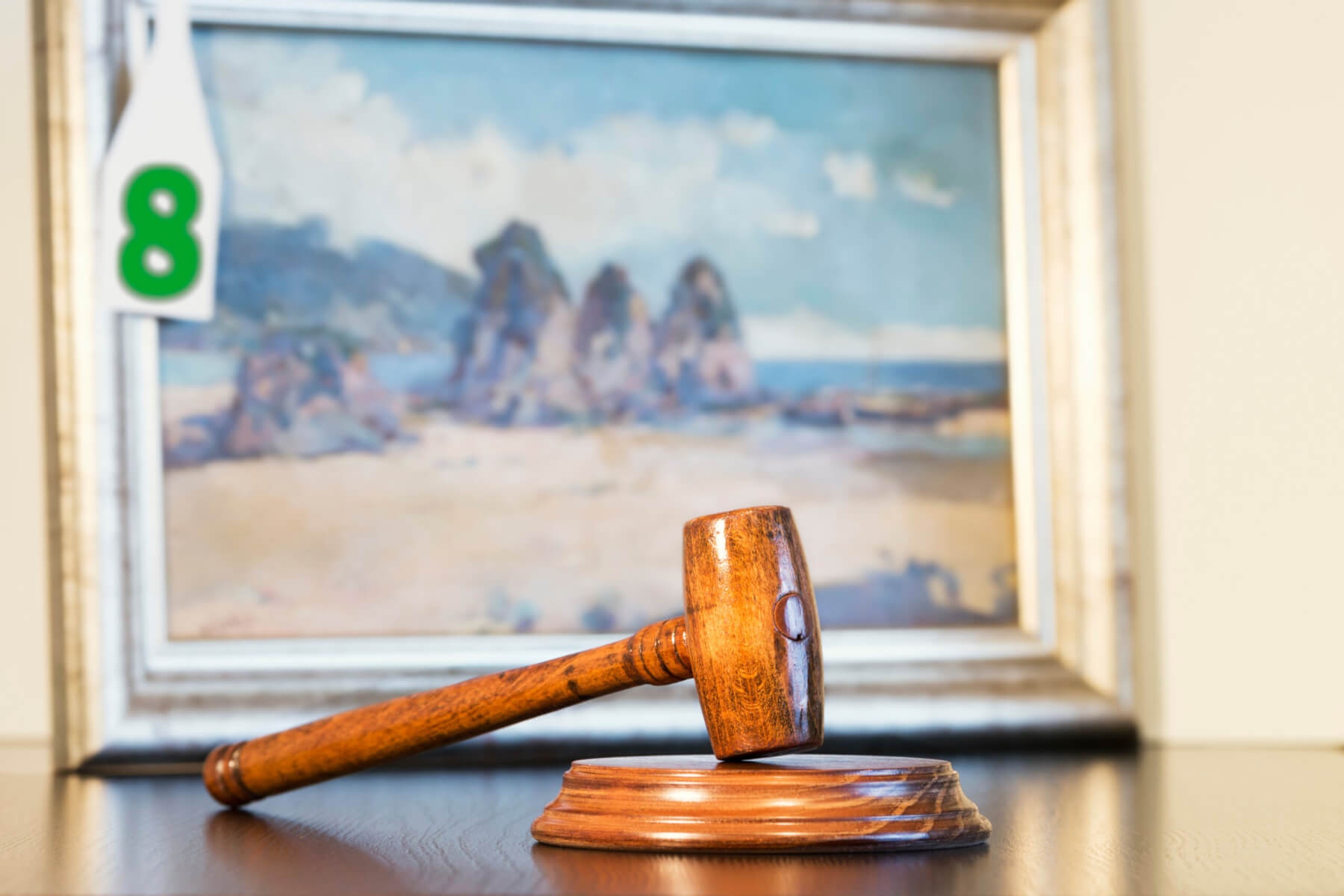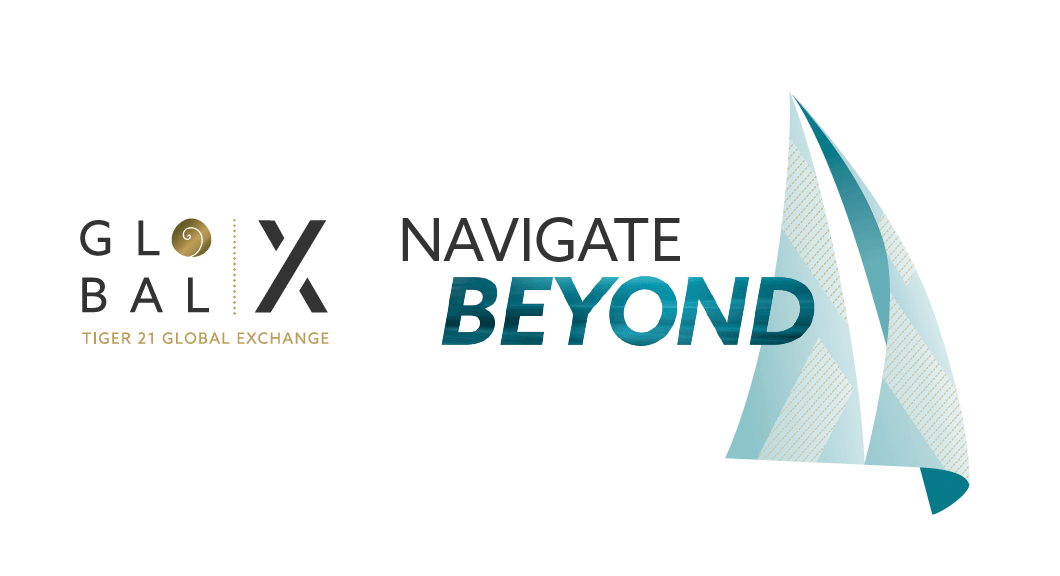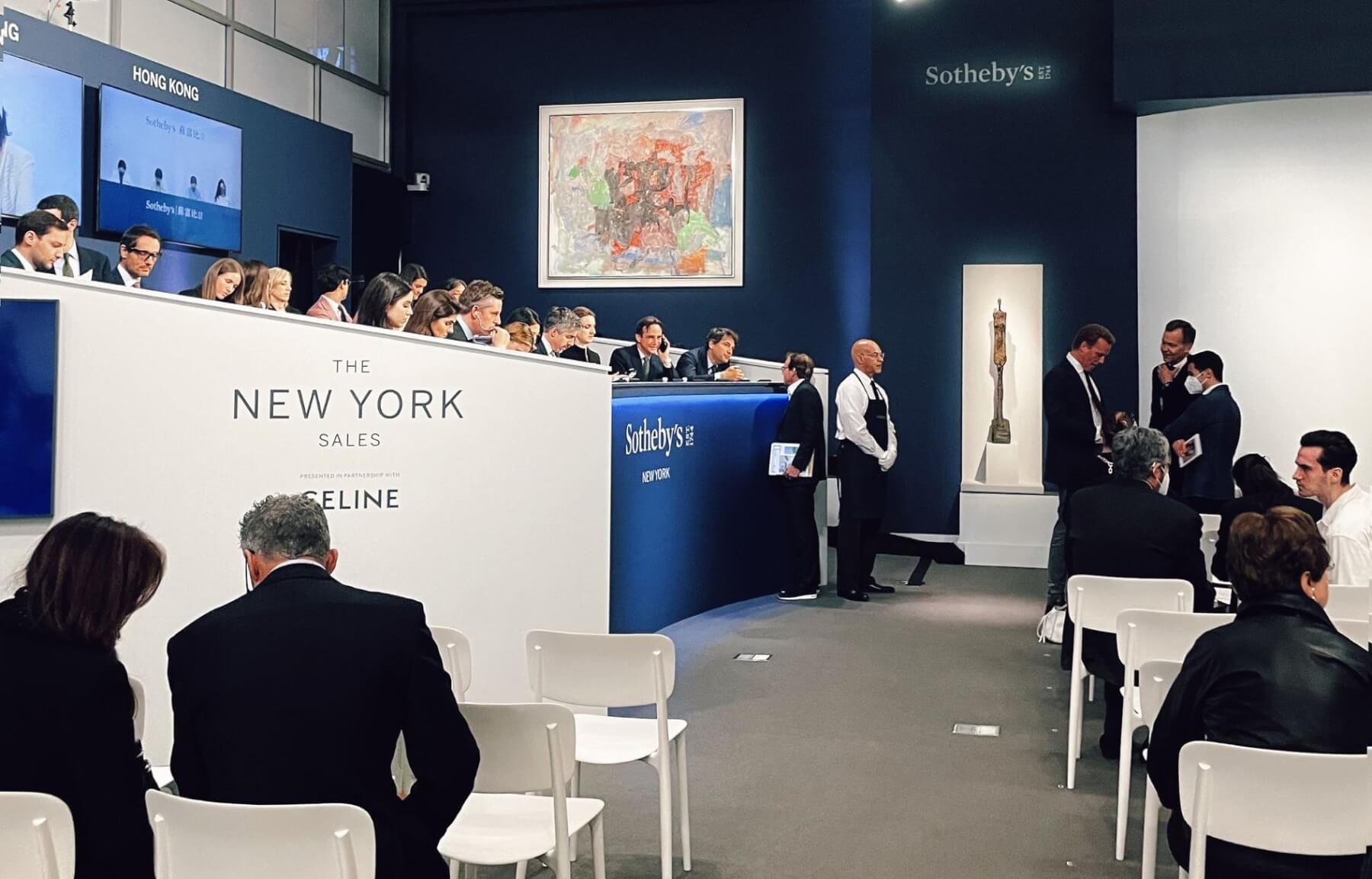Creating Charitable Impact with Passion Assets | TIGER 21
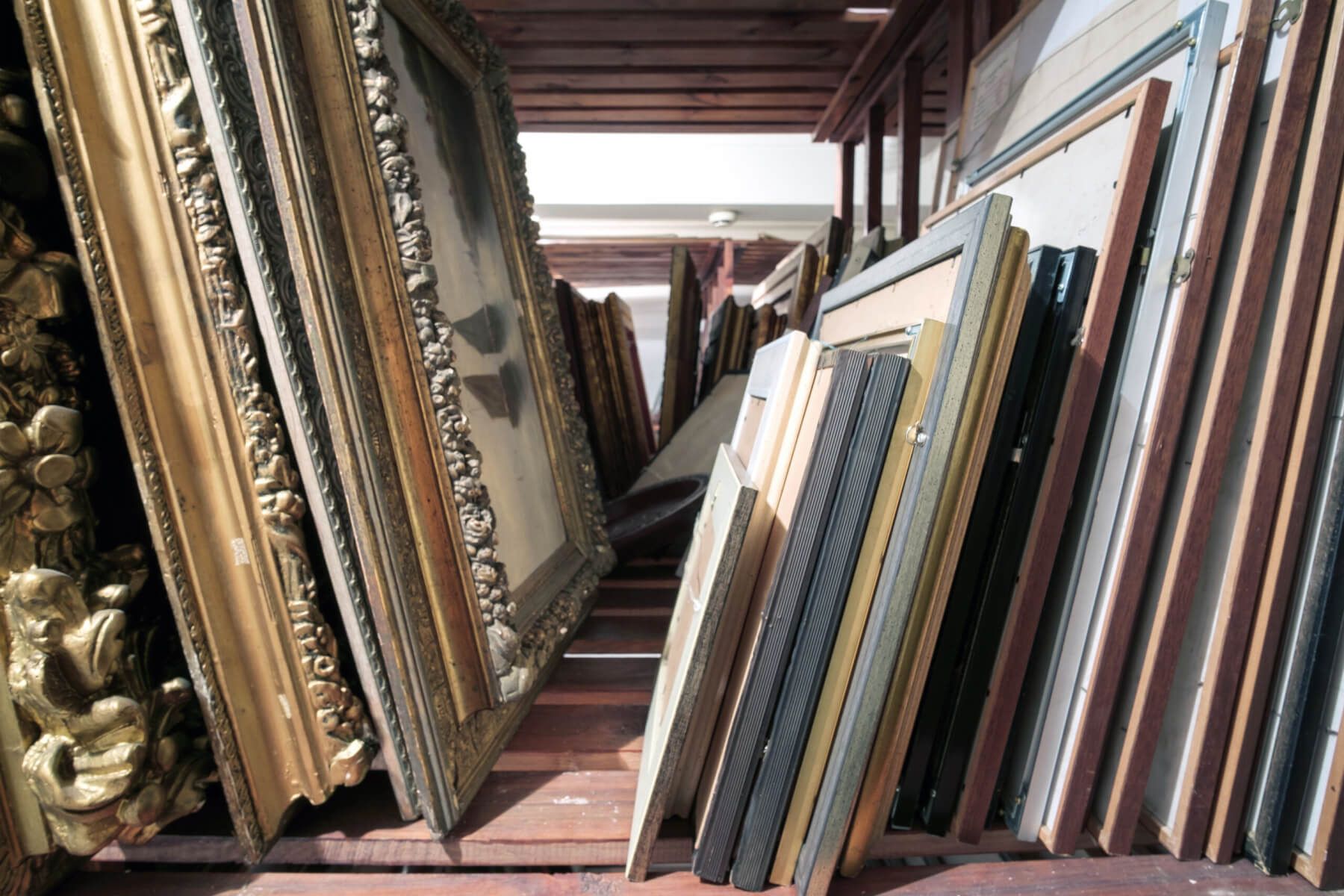
Creating a legacy of charitable impact can be challenging when it comes to fine art collections and passion assets. Learn more about charitable options in this guide.
Estate Planning: Creating Charitable Impact with Passion Assets
Baby boomers are one of the wealthiest generations in American history and they will be transferring their wealth over the next several decades. A portion of this wealth is in the form of tangible assets that reflect the passions, interests, and legacies of the individuals and families who own them. This class of tangible personal property, which includes art, jewelry, wine, vintage cars, watches, rare books, coins, and other collectibles, is referred to as “passion assets”. In some cases, family members of heirs will gladly accept these passion assets. However, consumer tastes have changed and some heirs may not be interested in receiving a gift of these types of assets. Or, in some cases, there may not be any heirs.
Creating a Plan for Your Fine Art Collections and other Passion Assets
What options might a collector have in the situation where there is no one to leave these assets? Many donors are beginning to think more holistically about their wealth by leveraging their passion assets for philanthropy. These passion assets can have a tremendous amount of value so collectors may consider using these assets toward a philanthropic goal by creating a life-changing gift. While contribution of passion assets to charitable causes can be more complicated than contribution of cash or stock, it can be an effective philanthropic strategy when executed properly. Using these types of assets in a strategic philanthropy initiative presents families with the chance to work collectively to create a unifying legacy.
What are the Charitable Options for High-Net-Worth Individuals who Own Passion Assets?
If the collector would like to make a charitable contribution during his or her lifetime using passion assets, the collector should consider whether the passion asset earmarked for charity has increased or decreased in value since acquisition.
1) Sell the Passion Asset(s) and donate the proceeds to charity
If the asset has not increased in value since acquisition, the collector does not need to be concerned about capital gains and may consider selling the asset first. Once the asset is sold, the proceeds from the sale can be contributed to a charity or donor-advised fund (DAF), taking advantage of a potentially more favorable deduction for cash and requiring no appraisal.
For cash contributions to public charities or donor-advised funds, donors who itemize their deductions may take an income tax charitable contribution deduction equal to the amount of the gift, limited to 60 percent of their adjusted gross income (AGI). Any deduction in excess of the AGI limitation may be carried forward for five years.
Example: A collector acquired a multi-million dollar rare book collection over the past 30 years. The heirs were not interested in the book collection nor were any libraries interested in receiving the book collection. Since the current value was less than the original purchase price, the client decided to sell the collection and allocate the proceeds to a DAF. The family is very charitable and wanted to support local charities in the community.
The family decided to sell the collection at auction in a single owner book sale with all the proceeds being allocated to a multi-generational DAF to support various charities over time. Establishing a multi-generational DAF to set aside charitable dollars in advance made a family legacy easy to continue for generations.
2) Donate the Passion Asset(s) to a charity for related use
If the asset has increased in value since acquisition, it may be more beneficial for the collector to consider other strategies, thereby taking advantage of an income tax charitable deduction while also removing the appreciated asset from the balance sheet. For those who itemize and want to donate a passion asset to a qualifying charity, a deduction may be available that is equal to the fair market value of the passion asset at the time it is donated, but only if certain requirements are met.
When contributing a passion asset to a charity for a related use-based deduction, it is important to consult with the charity before executing on the contribution. The donor should understand if the object will fit into the charity’s mission or related use. There are many circumstances where the charity may not be interested in or able to accept the object for a related use. If the non-profit does not actually use the contributed piece for a related use, then the donor’s income tax deduction will be limited to the lesser of fair market value or cost basis.
A contribution of a passion asset worth more than $5,000 requires the donor to obtain a qualified appraisal to substantiate the value of the contribution. The qualified appraiser must be independent from the donor, meaning that the appraiser cannot be the donor, related to the donor or a party to the transaction through which the donor acquired the asset. In addition, the appraisal must be prepared no more than 60 days prior to the contribution date.
Example: A collector purchased a painting 15 years ago for $50,000 by a female artist. The collector did not have any heirs and found a regional art museum that was interested in receiving the painting as a donation. The art museum was expanding its permanent collection to include more female artists and planned to keep the artwork to use for permanent exhibition. The painting has appreciated over time and has a current fair market value of $250,000. Because the art museum planned to retain the painting for a use related to its charitable purpose, the collector was eligible for an income tax charitable deduction based on the fair market value of the painting rather than the donor’s $50,000 cost basis. In addition, by contributing to the art museum, the collector was able to avoid capital gains tax on the unrealized appreciation of the painting
3) Donate the Passion Asset(s) to a donor-advised fund or charity for non-related use
When a passion asset is highly appreciated, more clients are considering contributing these assets to their DAF. By doing so, the donor avoids the capital gains tax on the appreciation and receives an immediate income tax charitable deduction calculated on the lesser of the cost basis of the asset or fair market value. The DAF sponsor can work with an art advisory firm to manage the sale of the asset after contribution. By doing so, the donor is able to make a contribution during his or her lifetime and monetize the passion asset to create liquidity to further philanthropic goals. The same applies if a client donates an appreciated asset directly to a charity for non-related use.
Example 1: A client was in the process of downsizing and has a coin collection with a current fair market value of $750,000, which is higher than the acquisition cost. The heirs had no emotional connection to the coins; however, the family was charitably inclined and interested in supporting multiple non-profit organizations during their lifetime. The family donated the coin collection to a DAF and by doing so, the donor avoided the capital gains tax on the appreciation. The donor-advised fund sponsor worked with The Fine Art Group to manage the sale of the coin collection. The donor was able to monetize the passion asset and create liquidity to use to further philanthropic goals and support local causes. The family decided to sell the coin collection at auction in a single owner coin collection sale with all the proceeds being allocated to a multi-generational DAF to support various charities over time.
Example 2: A collector had a necklace that was acquired more than 20 years ago and none of the collector’s three children were interested in inheriting the jewelry. The family was very philanthropic and interested in supporting a specific non-profit in their community related to children’s education and healthcare. The value of the necklace had increased over time and to avoid paying capital gains tax, the family donated the necklace directly to the charity. The charity sold the necklace at auction, netting $250,000 to support their mission.
Conclusion
The process of using passion assets to further your philanthropic legacy begins with identifying which passion assets are earmarked toward charitable causes and understanding the value of those assets. An art advisory firm can provide clients with advice on charitable contributions of passion assets as well as execute the sales strategy and the monetization process.
Colleen Boyle, CAP®, Senior Director Business Development and Head of Philanthropic Strategy, of The Fine Art Group, a global appraisal and advisory firm focused on meeting the challenges of a continuously changing market in the collection of fine art and other valuables.
Nothing contained in this article shall constitute, or should be construed as, constituting investment advice or a recommendation by any of the author, “Colleen Boyle,” her company, “The Fine Art Group,” or TIGER 21.
About TIGER 21
TIGER 21 is an exclusive global community of ultra-high-net-worth entrepreneurs, investors, and executives.
Explore the TIGER 21 Member ExperienceMember Insight Reports
